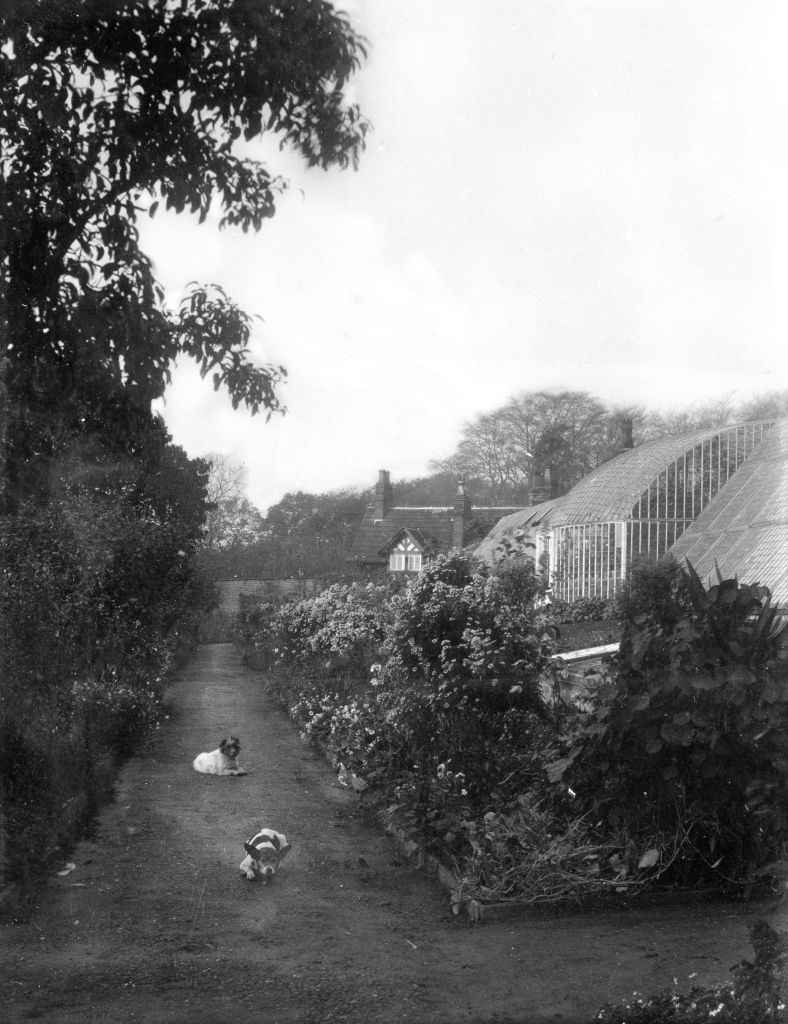I’ve mentioned a few times here about the £1.4 million appeal that we launched back in February to allow us to restore parts of Quarry Bank to its former glory. However, whilst we here at the property have a shining vision of the culmination of these efforts, we understand that you might not be able to picture the results quite as clearly as us. So I thought that in this week’s post I would delve into the history of the gardens so that the pieces of the puzzle start to come together.

In 1796 Samuel began to build Quarry Bank House so that he, Hannah, and their growing brood could live closer to Samuel’s place of work, and so that Hannah could escape Manchester, which she found to be dirty, unclean, and wanting in terms of intellectual stimulation.

Following the completion of the house in 1801, Samuel and Hannah began to develop the surrounding landscape into their private gardens, following the principles of the Picturesque as envisioned by Edmund Burke in the 18th century, being a combination of the beautiful and the sublime, with the designed gardens complementing the industrial Mill.

Plants and seeds were supplied to Samuel Greg by Caldwell’s Nursery at Knutsford and their records, together with payments to other nurseries in the Greg account books, indicate that much of the ornamental planting was carried out in the 1810s and 1820s.
The basic structure of the garden today is probably much as it was on Samuel Greg’s death in 1834 although Robert Hyde Greg was responsible for some further embellishment, including the cast iron urns in the Lower garden and the addition of the parterre in the 1860s. He also introduced a huge number of different Rhododendron varieties to the estate and created an extensive woodland garden between Quarry Bank House and the park of Norcliffe Hall. Robert claimed that the land thereabout had been bare when he acquired it but, according to a contemporary writer, by his death in 1875 “the rhododendrons and azaleas and other flowering shrubs backed by conifers and choice deciduous trees … had made his gardens and woodlands famous.”

Part of Robert’s gardening activities included the creation, probably in the 1830s, of a new kitchen garden, part of the Upper garden. The greater part of this, including the curvilinear cast iron glass-houses we are desperate to restore. Being discreetly placed the glasshouses do not impinge on the wider landscape and the adjoining orchard, which was originally laid out with fruit trees trained into a tunnel, remains with Quarry Bank. The site from the Upper garden provides a truly picturesque view of the Mill, river, Quarry Bank House and the Lower gardens.

The garden team started restoring the gardens to their original appearance in 2006 and have already done an absolutely amazing job and continue to do so, but this is where you all come in, for if this post has piqued your interests and you, like us, would love the gardens to be truly restored to the height of their splendour, then please donate to our appeal and help us to continue the all important work in the Upper garden.
http://www.nationaltrust.org.uk/quarry-bank-mill/donate-now/
Laura

